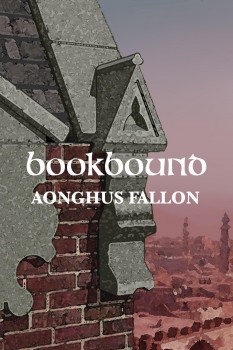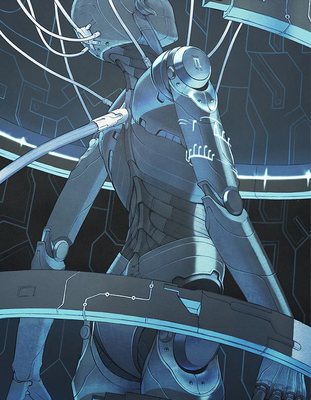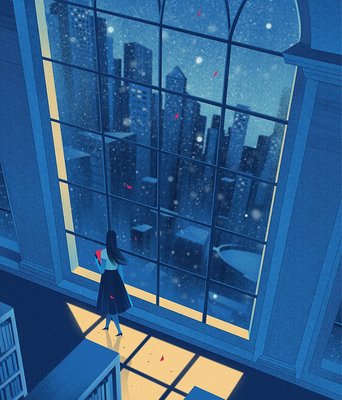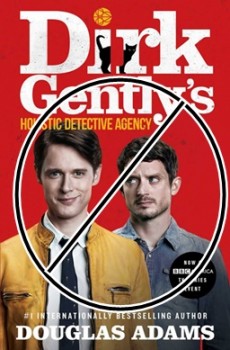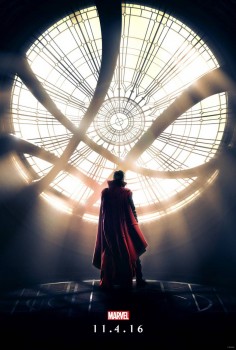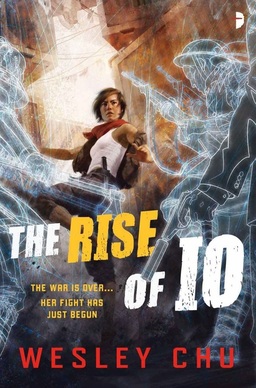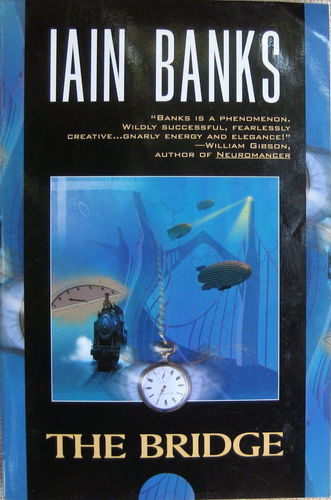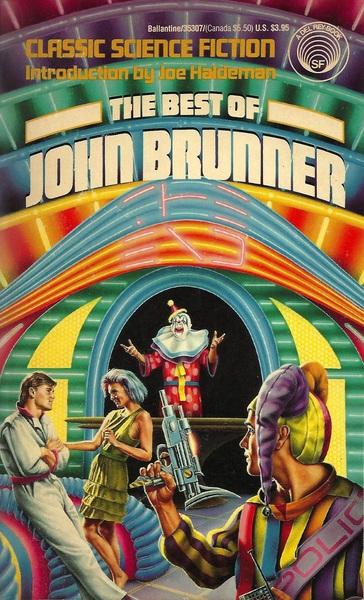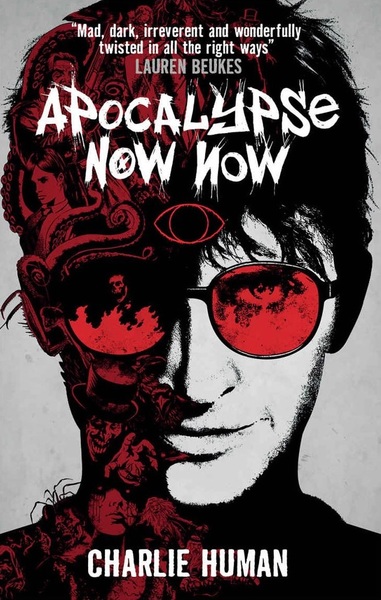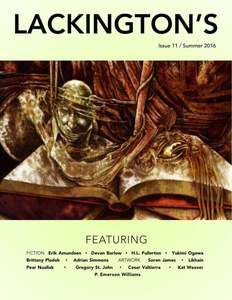Last Term: Honor’s Paradox by P.C. Hodgell
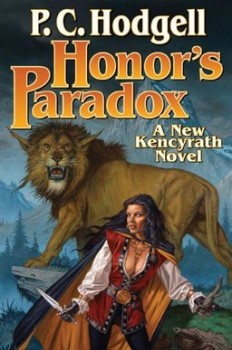
Can you tell I really like P.C. Hodgell’s Kencyrath series? Not once have I followed up a review of an author’s book with a review of her next one. And in three weeks I’ll review the next one as well. In between there’ll be a short story roundup and then, provided the Canadian mail runs well, Chris Carlsen’s Shadow of the Wolf.
Last week, I wrote that Bound in Blood (2010) was essentially a story where just a bunch of stuff happens to Hodgell’s cat-clawed heroine, Jame. That’s pretty much the feel in Honor’s Paradox (2011) as well, but this time there’s more apparent purpose. The story is told in Hodgell’s usual mix of the funny, the tragic, and the sublime. One final time, the setting is the Kencyrath military school, the randon academy.
Again, the setup:
Thirty thousand years ago, Perimal Darkling began to devour the series of parallel universes called the Chain of Creation. To fight against it, the Three-Faced God forged three separate races into one: feline-like Arrin-Ken to serve as judges; heavily-muscled Kendar to serve as soldiers and craftsmen; fine-featured humanoid Highborn to rule them. For 27,000 years, the Kencyrath fought a losing battle, one universe after another falling to the darkness. Three thousand years ago, the High Lord Gerridon, fearful of death, betrayed his people to Perimal Darkling in exchange for immortality. Fleeing yet again, the Kencyrath landed on the world of Rathilien. Since then, they haven’t heard from their god and Perimal Darkling has seemed satisfied to lurk at the edges of their new home. Monotheists trapped on an alien world with many gods, the Kencyrath have had to struggle to make a life on Rathilien.
Now, the power of the Three-Faced God seems to be reappearing. The Kencyrath believe that only the Tyr-ridan, three Highborn reflecting the three aspects of their god — destroyer, preserver, and creator — will be able to defeat Perimal Darkling. Jame, raised in the heart of Perimal Darkling, is fated to be the Regonereth, That-Which-Destroys.
